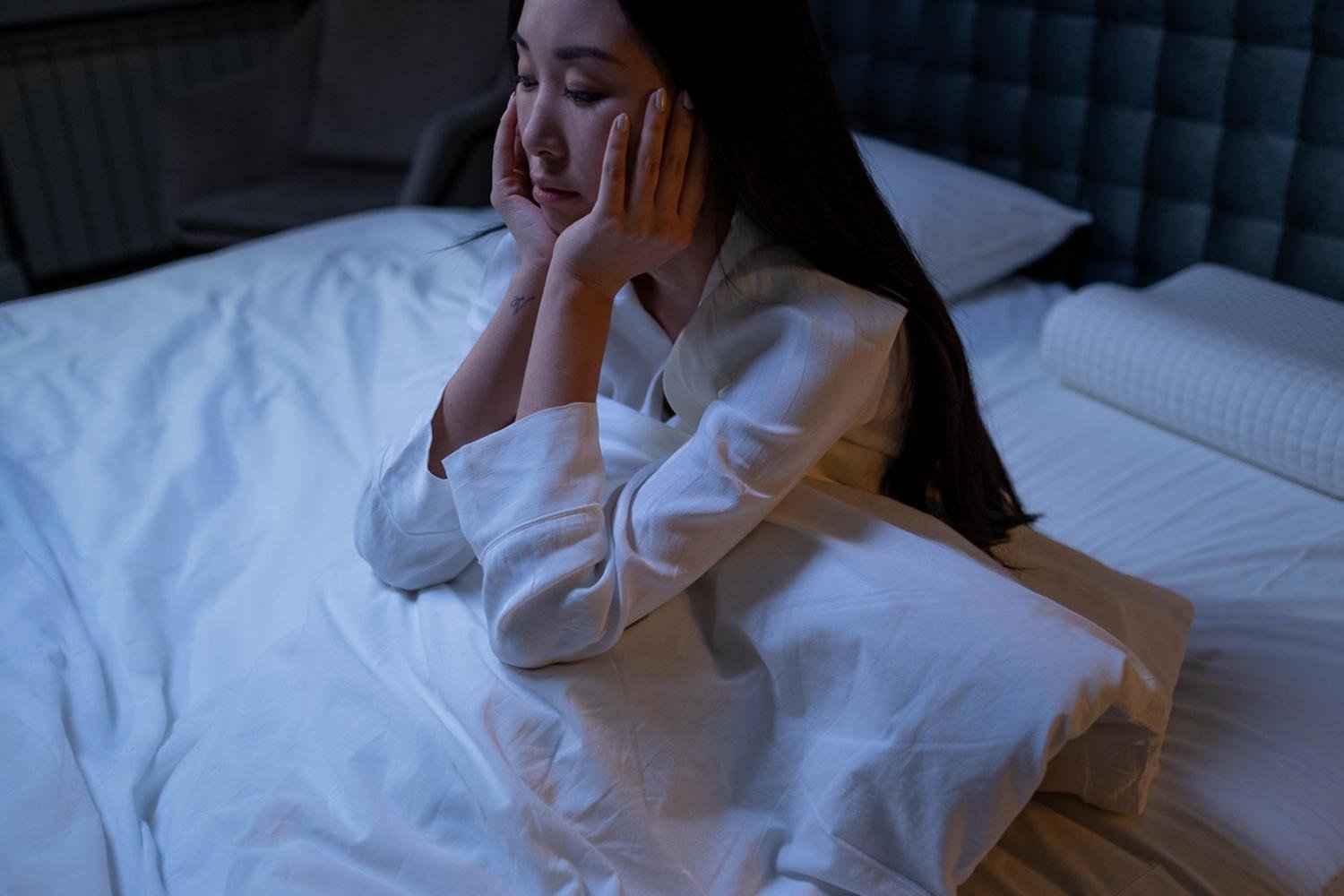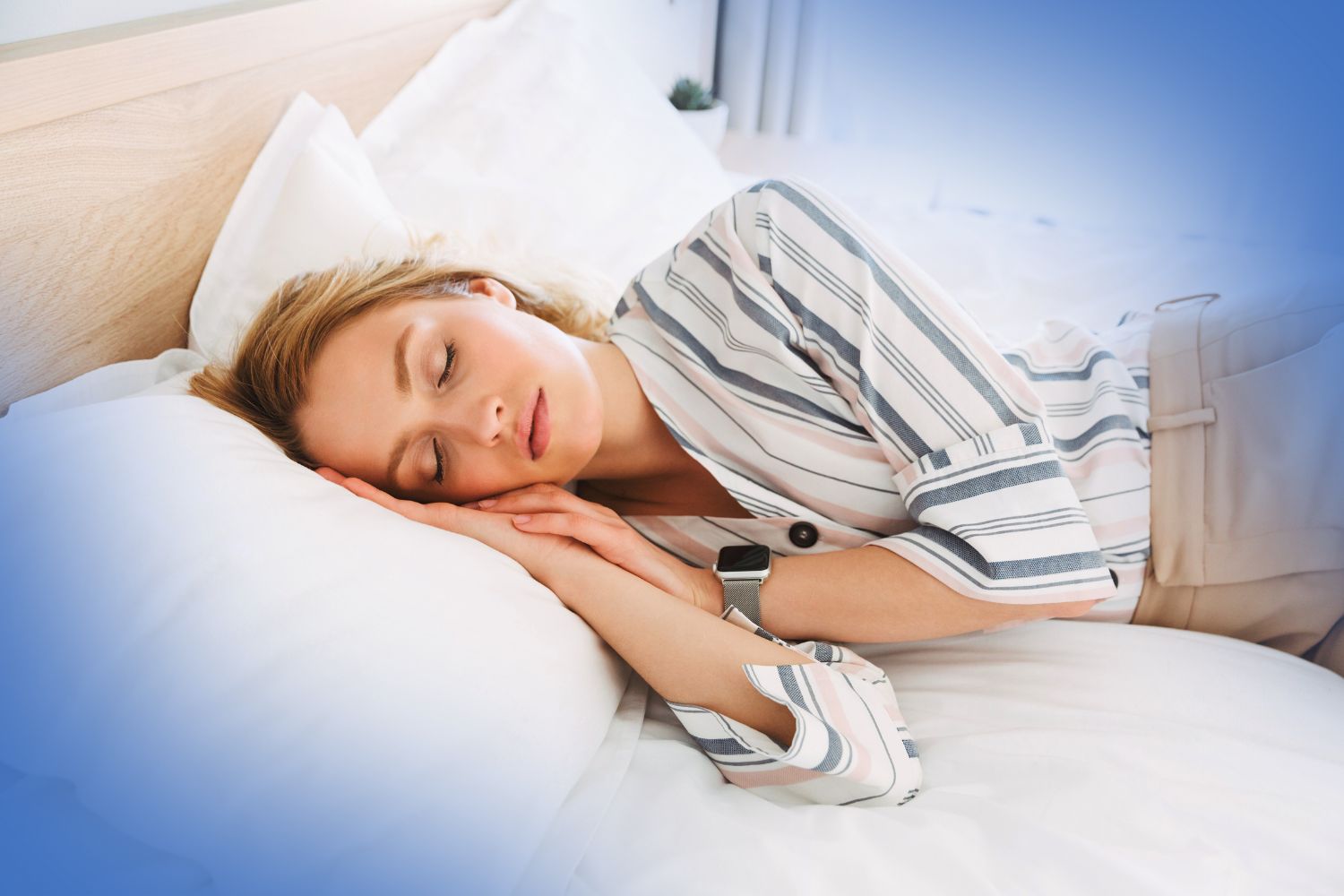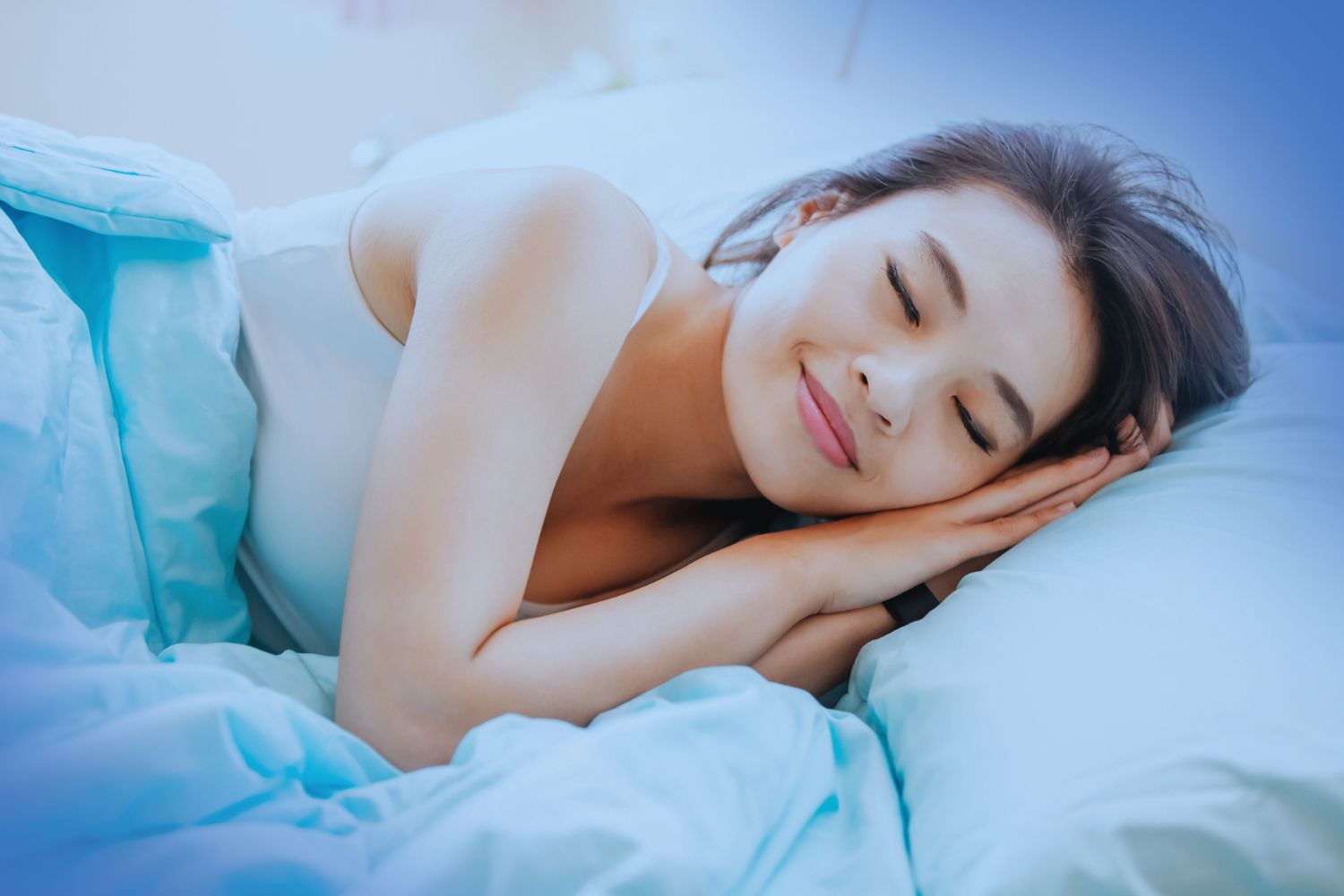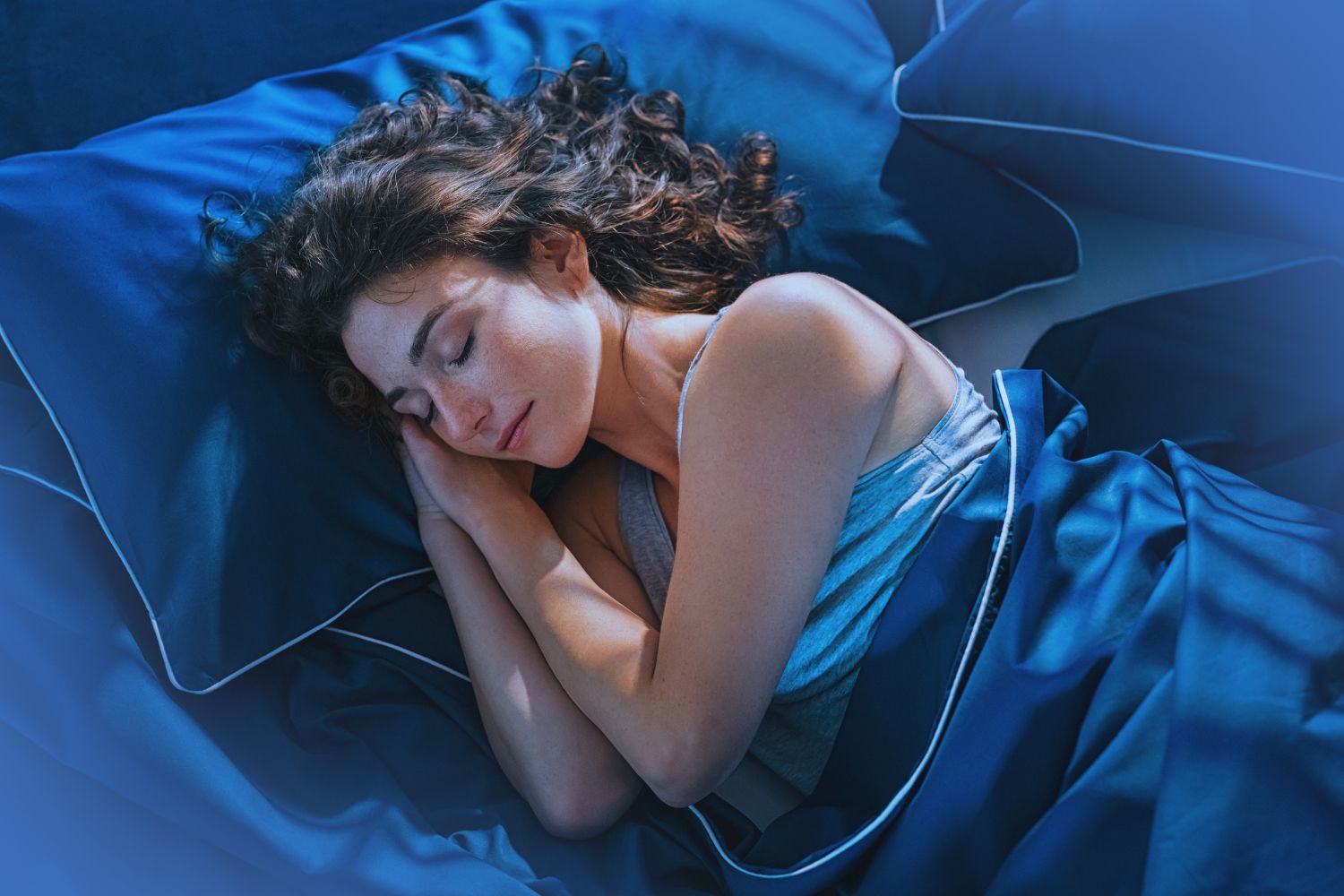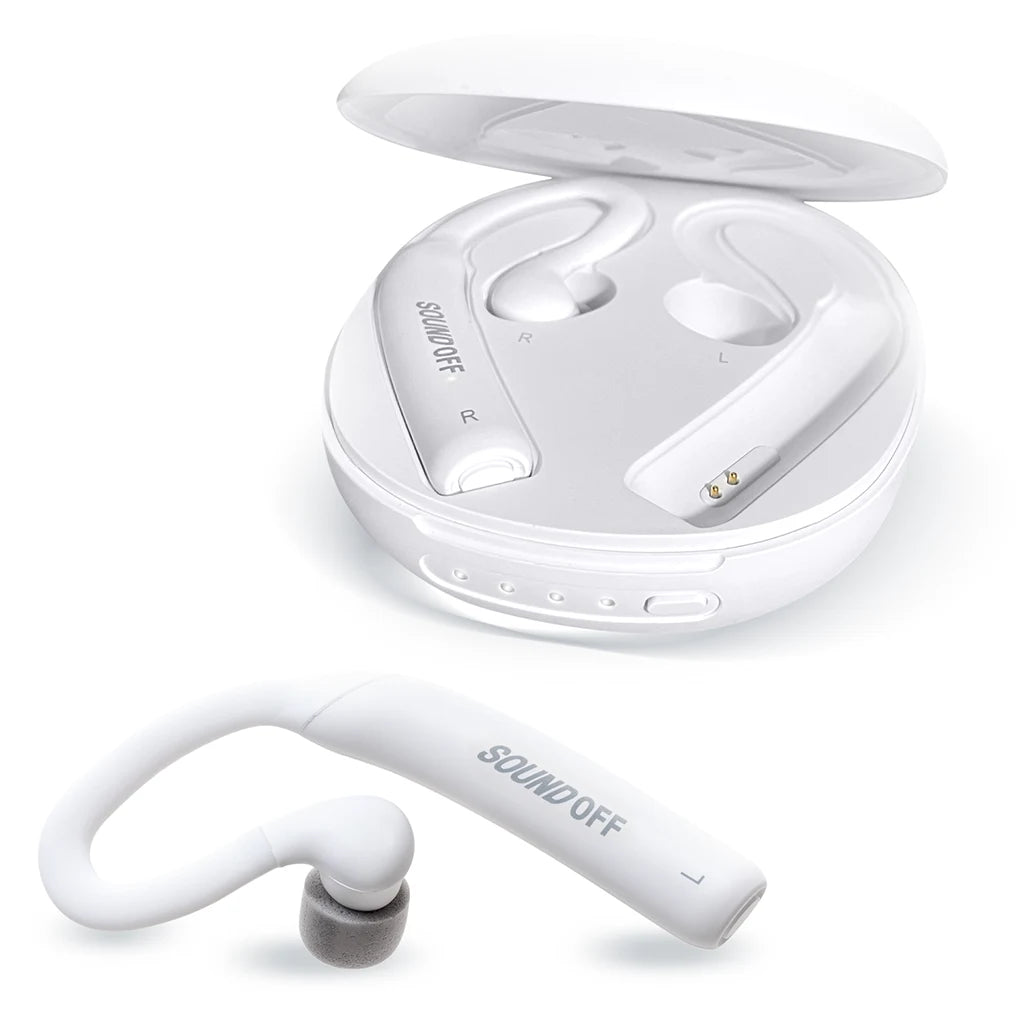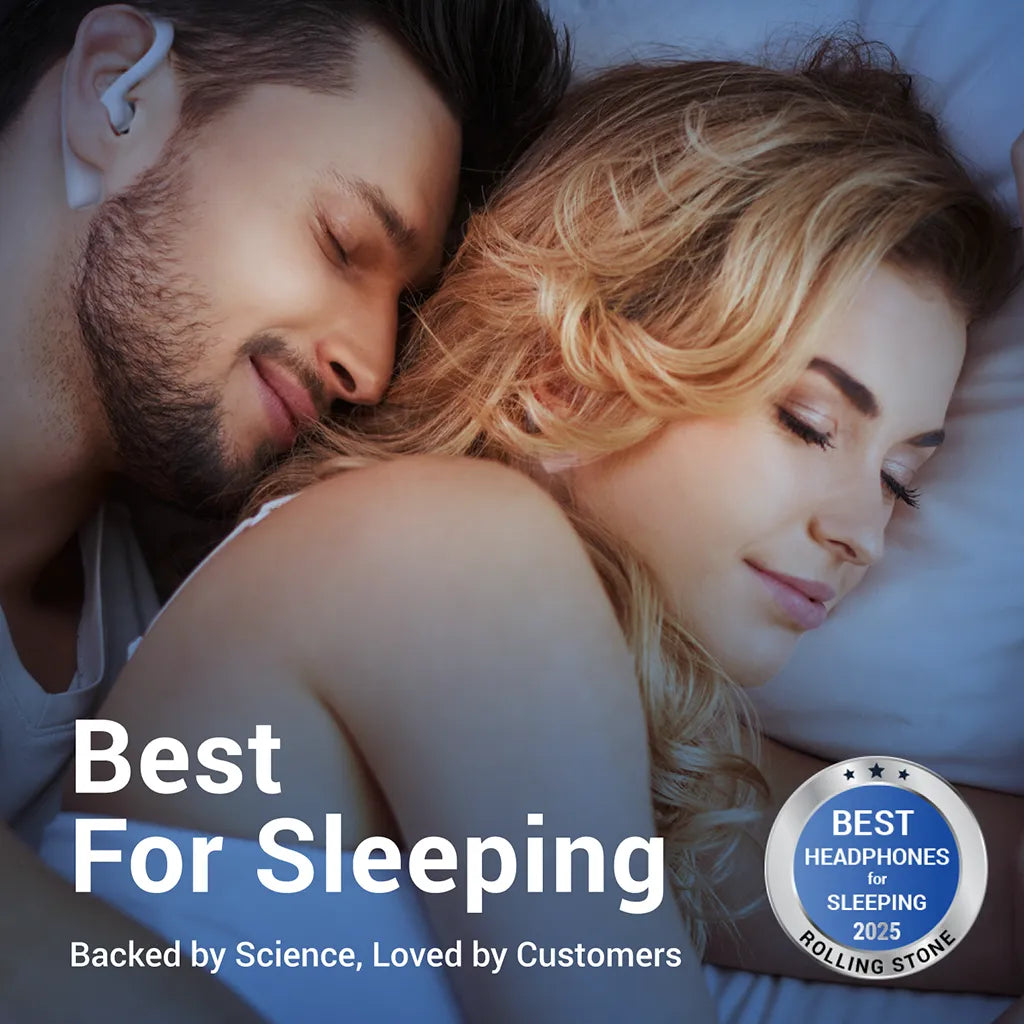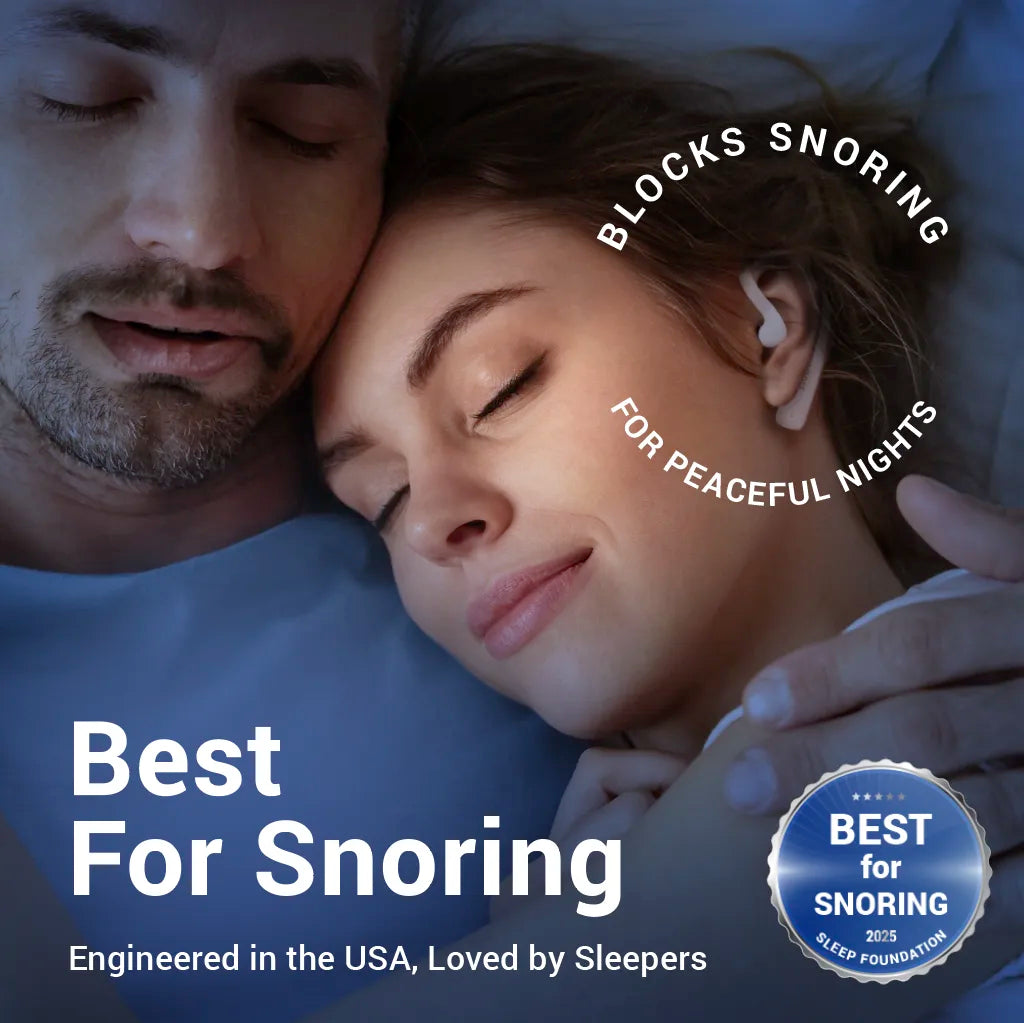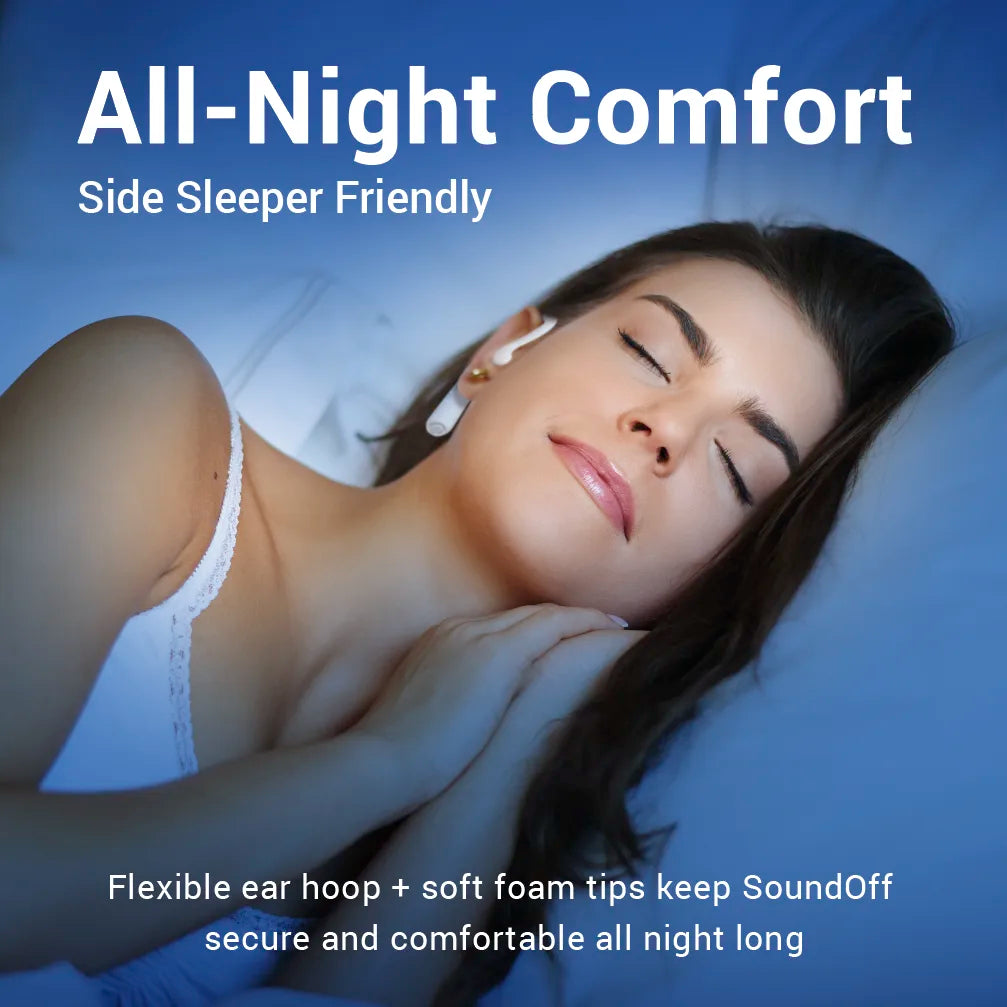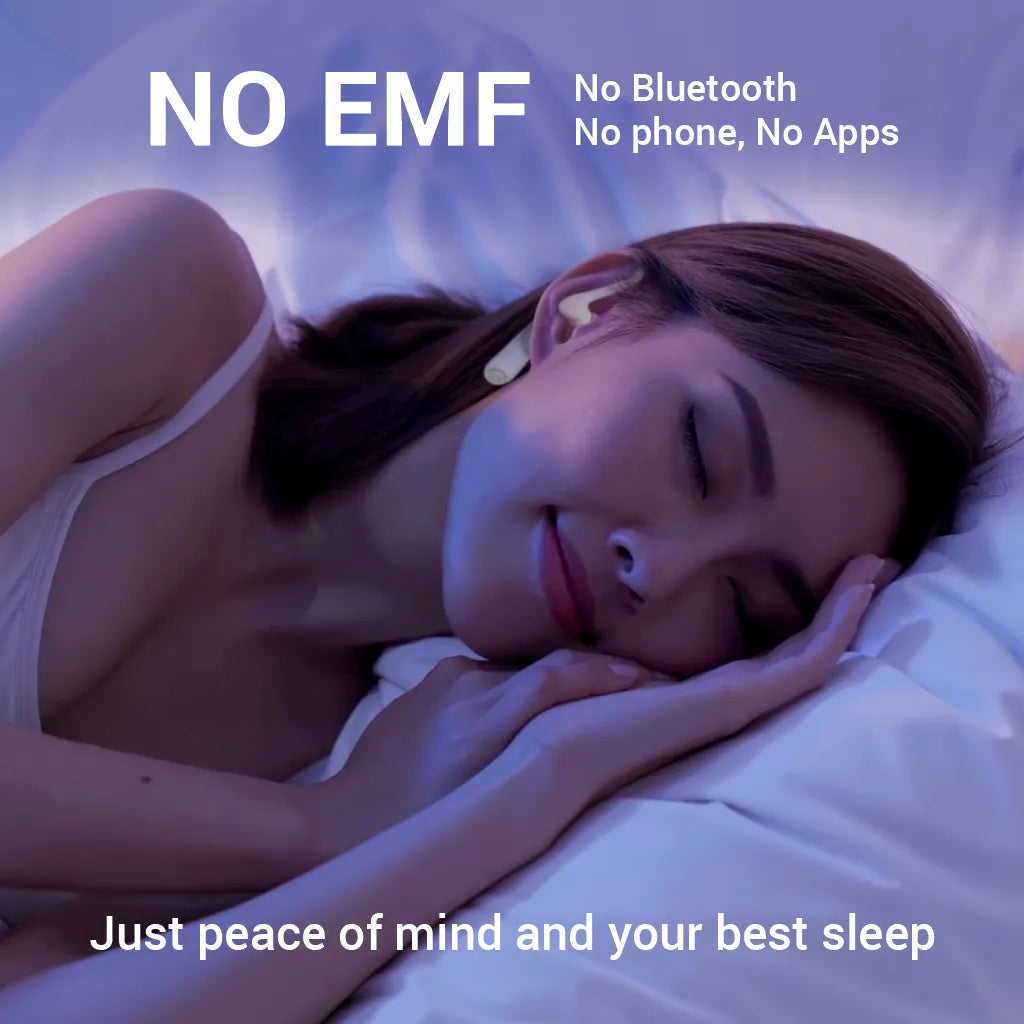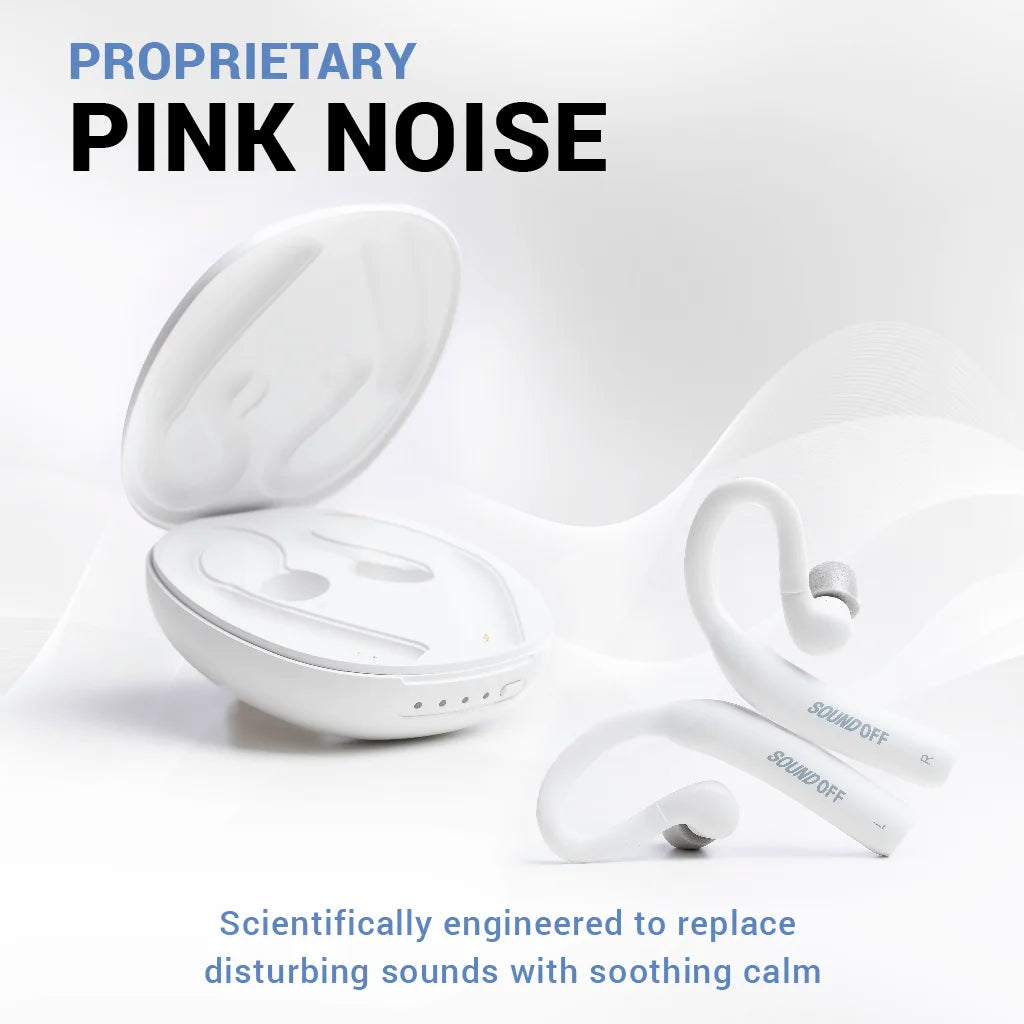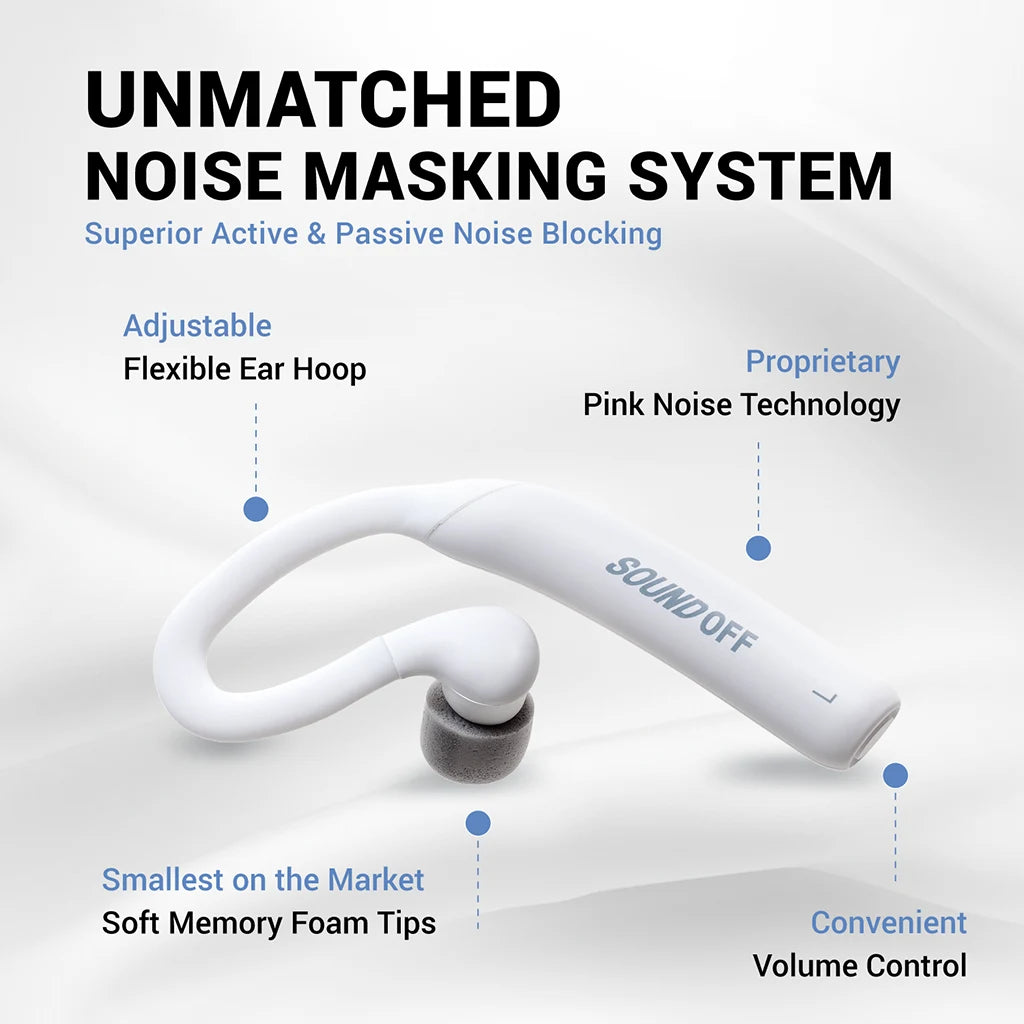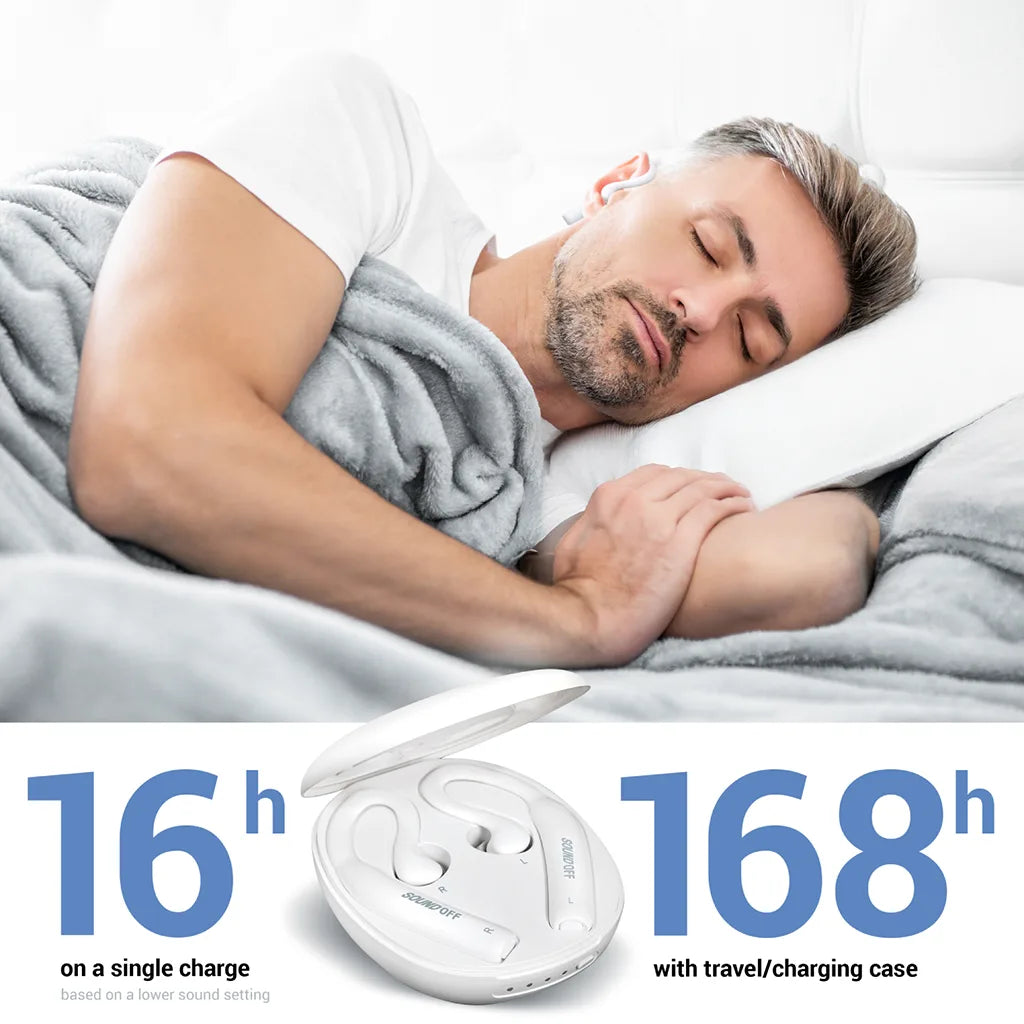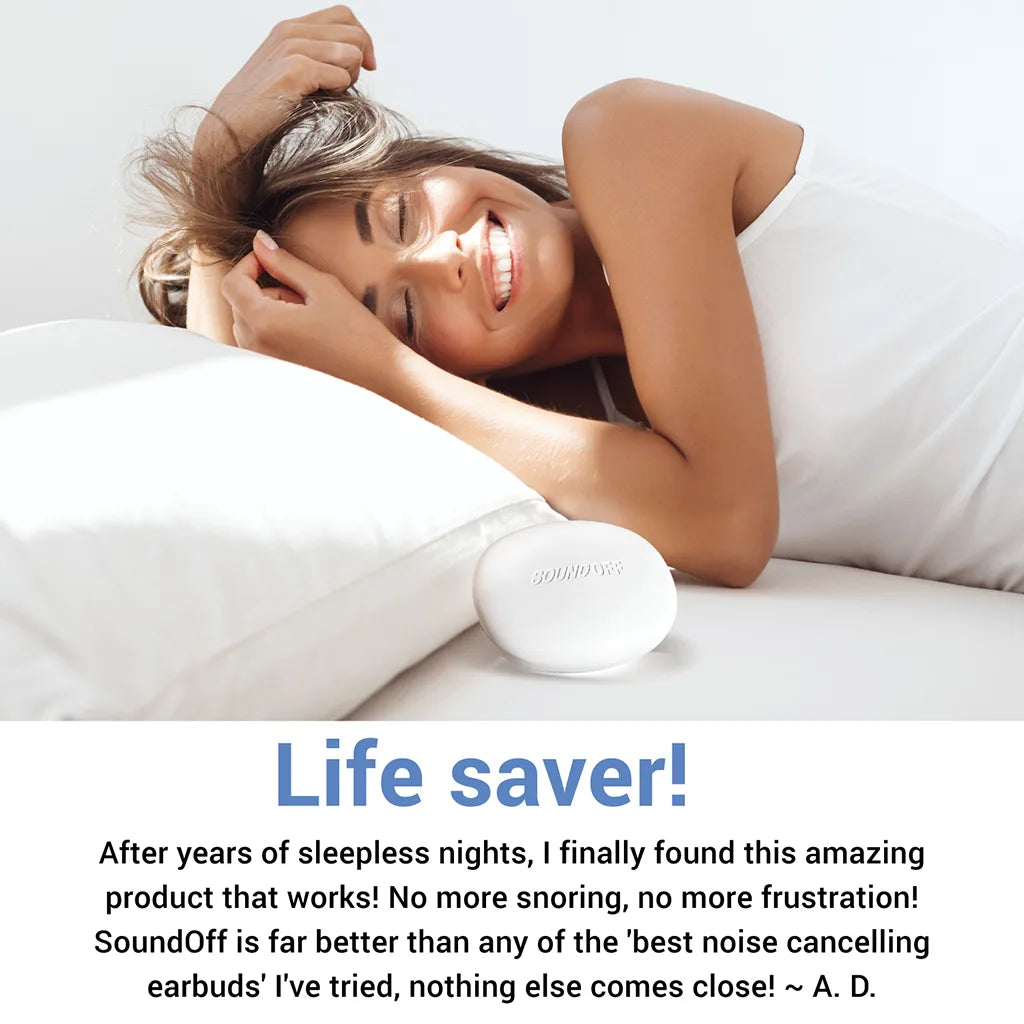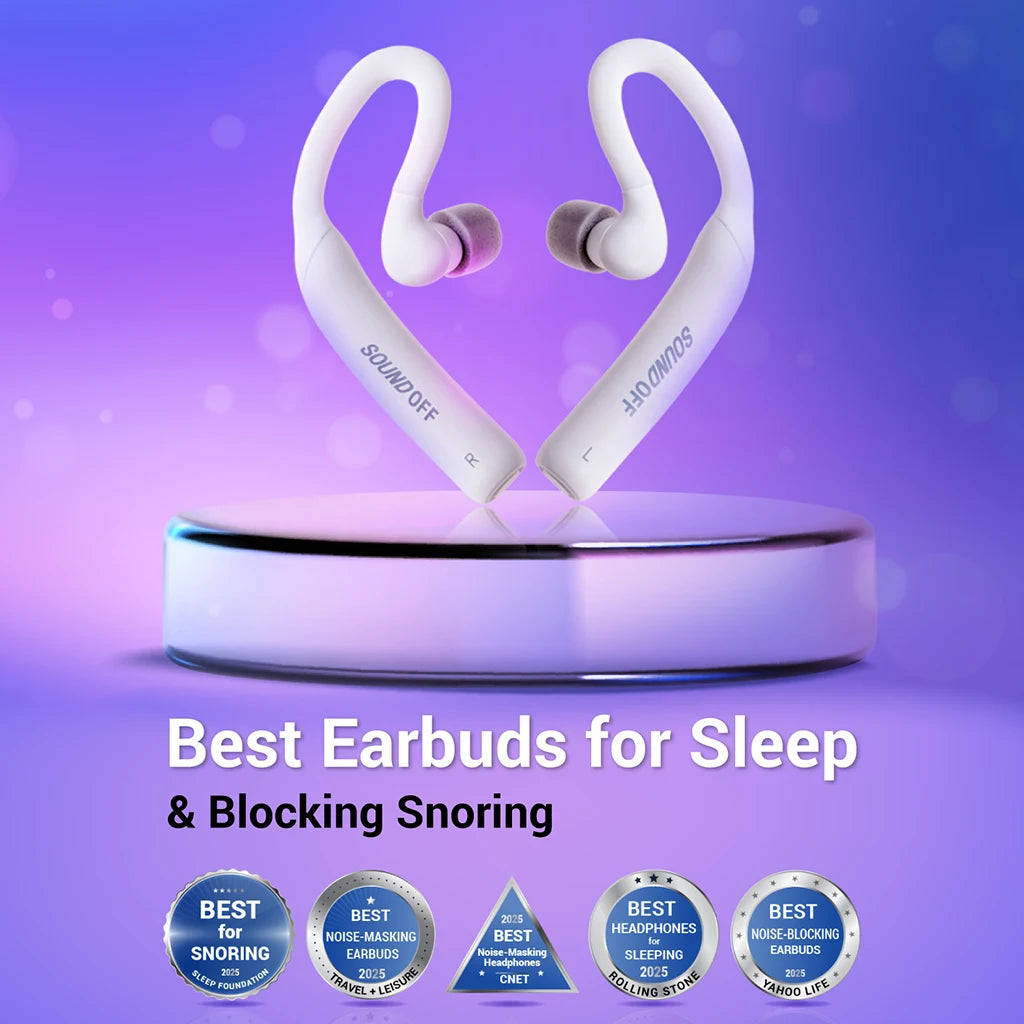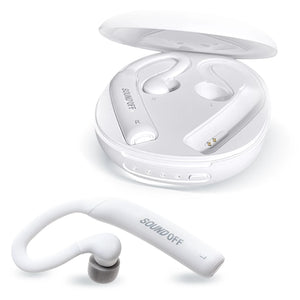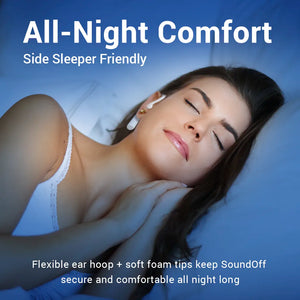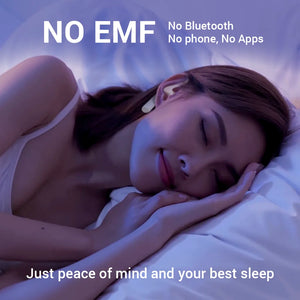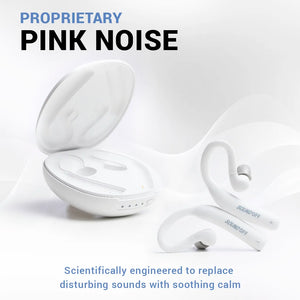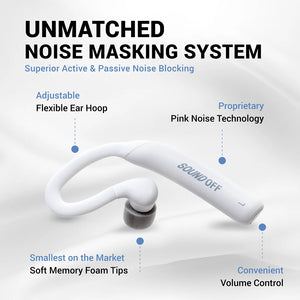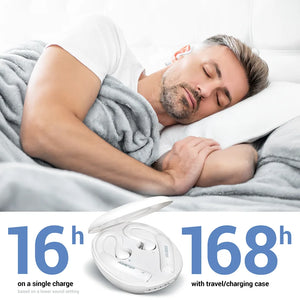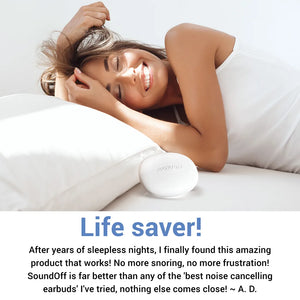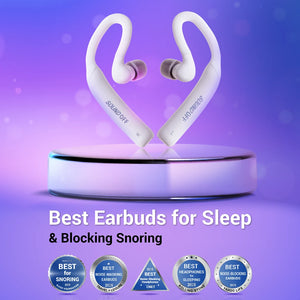
How to Get Your Sleep Back on Track
If you’re having trouble with your sleep cycle following the latest time change, you’re not alone. By nature, our sleep-wake habits follow the earth’s daily patterns of sunlight and darkness. When those patterns shift, we don’t naturally shift with them. Here’s why you’re struggling… and how to get your sleep back on track.
How changing the clock affects sleep and health...
In this WebMD article, sleep expert, Dr. Michael Breus asks and answers, “What difference can an hour make?” That simple, straight-forward question isn’t so easily answered. Time-change effects depend largely on you—your general health, your lifestyle choices, and your personal sleep habits.
They also depend on which clock change you’re dealing with. The effects vary between Springtime and Fall. Understanding all these differences will help you get your sleep, and life, back on track.
So, what difference does an hour make?
As the Sleep Foundation explains, even though it’s “only an hour difference”with each clock transition, the abrupt change in time can cause “meaningful sleep disruptions.” These disturbances to our sleep lead to health concerns…
Springtime Transitioning Effects
Researchers have associated the Springtime clock transition to short-term increases in
- cardiac events
- emergency room visits
- mood disturbances.
They also saw negative effects on decision-making ability and overall productivity. Both time changes disrupt circadian rhythm, making it difficult to get adequate sleep.But that one-hour difference in Spring can make it harder to fall asleep and stay asleep for more than just a day or two…
Many of us experience cumulative sleep loss over the following seven days depending on our chronotype. “Early birds” have an easier time adjusting to the Springtime change—but if you’re a “night owl” it may sometimes take you up to 8 weeks to get your sleep back on track.
The National Library of Medicine has offered insight on the springtime clock change. Here, they look at its’ interaction with the circadian clock, the social clock, the sun clock, and time zones.
Autumn Transitioning Effects
We see improvement in clock change effects this time of year as incidents of cardiac events, and strokes fall below normal levels with the Autumn time change. We get a bit of a break in the Fall with that extra hour for sleeping.
But this doesn’t mean there are no sleep challenges to overcome—and Fall itself is a big contributor to sleep loss for someother reasons. The effects below are specific to the clock change…
- Abnormal changes have been noted in the use of psychoactive substances in men 20+.
- Additionally, there are increased rates of depression due to lack of light.
- Seasonal Affective Disorder (SAD) can result from either of the time changes but is more prevalent in the Fall.
Chronotype-wise, we all seem to have fewer challenges dealing with the Autumnal time change—though there is evidence showing some Early birds struggle due to less morning light.
What is Seasonal Affective Disorder?
The lack of sunlight that comes with the Autumnal clock change sometimes triggers a particular type of depression known as Seasonal Affective Disorder, more commonly called SAD. This condition typically affects women more than men—most often those in their 30’s and 40’s.
Symptoms fade away in the Spring with the return of more natural light. Symptoms include:
- Depression
- Irritability
- Difficulty getting along with others
- Difficulty focusing
- Increased hunger
- Carb-cravings
- Weight gain
- Leaden feelings in arms & Legs
- Social withdrawal
SAD is normally treated in one of two ways—Light Therapy or Antidepressants.
The Importance of Light
When we move the clock—in either direction—it alters our primary time cue. That cue is the presence of light, and it is the single most important factor to our sleep. In fact, it has a potent effect on all aspects of our sleep functions. Here’s where we start to see issues with the clock changes…
Circadian Rhythm
What is it?It’s the 24-hour internal clock your body relies on to keep your sleep-wake cycle—and other energy fluctuations—on track. Maintaining a consistent sleep schedule that syncs to your circadian rhythm is key to ensuring you get the sleep your body needs.
When light enters the eye, it alerts the brain to send signals throughout the body to control its’ different systems, in accordance with the time of day. Excess light, poorly-timed light, and exposure to blue light have the potential to cause one’s circadian rhythm to become misaligned with the day/night schedule.
Misaligned bio rhythms cause insomnia and make it difficult to wake up in the morning.

Circadian Misalignment
This refers to the misalignment of the sleep-wake cycle in relation to the biological night. The most obvious consequence of this condition is sleep disturbance and/or sleepiness during the day. Insomnia and difficulty waking up in the morning are typical symptoms one experiences when bio rhythms are misaligned.
Studies have also shown a small-to-modest increase in myocardial infarction. The greatest increase is typically observed during the first two days after the Springtime clock shift.
Sleep experts say physiological and psychological consequences are even more prevalent. These may include changes in eating habits (most notably, increased appetite) and metabolic function. Weight gain is common, as is risk for mood disorders. Here are some consequences of Circadian Misalignment…
Compromised cognition and judgement
As we know, sleep loss negatively affects cognitive ability, making us prone to saying and doing the wrong things. Or forgetting to do things altogether. Insufficient sleep also affects our ability to focus and make good decisions. And the consequences tend to evolve from minor embarrassments to costly mistakes and unfortunate mishaps.
Metabolic Syndrome
This “syndrome” is actually a cluster of conditions which occur together and increase risk for heart disease, stroke and type 2 diabetes:
- Abnormal cholesterol or triglyceride levels
- Excess body fat around the waist
- High blood sugar
- Increased blood pressure
Metabolic syndrome affects approximately one-third of US adults, but here's the good news: sleep experts say it can be managed—or even prevented—by making some aggressive lifestyle changes. Here’s what to do:
- Modify your eating to include healthy portions of fruits and vegetables, lean protein and whole grains.
- Limit saturated fats and salt intake
- Don’t smoke
- Work toward—and maintain—a healthy weight
- Exercise regularly for a minimum of 30 minutes per day
Note: It is imperative that these actions become a regular part of your daily life, long-term.

Sleep loss puts you at higher risk for developing anxiety and depression.
Mood Disorders
Good sleep is necessary for regulating emotion. Insufficient sleep has ramifications beyond the obvious sleepy and grumpy. Sleep experts say sleep deficiency increases risk of potentially debilitating mood disorders which may include:
- Anxiety
- Depression
- Substance abuse
And since these mood disorders can be bi-directional, they’re likely to perpetuate an ongoing pattern of poor sleep.
On a more positive note, getting your sleep back on track helps manage heart health more effectively, which reduces risk of cardiovascular events and chronic health issues. It also helps you maintain a healthier weight.
Melatonin Production
How does it work? Simply put, darkness stimulates the pineal gland to secrete melatonin. Exposure to light inhibits this process. As melatonin levels rise with the onset of darkness, it puts you into a state of “quiet wakefulness” that helps induce sleep.
Seasonal changes affect the body’s ability to produce melatonin. Beyond disruption to sleep cycles this causes negative health effects including compromised immunity.
Sleep Cycle Regulation
Keeping your circadian biology in check is key to getting your sleep back on track. When it stays dark later in the morning, many of us struggle to wake up and get moving. Likewise, when it stays light longer, it makes it more difficult to fall asleep at night.
The body’s response to the springtime clock change disruption is a lot like the jet lag we experience when changing time zones. Our bodies and sleep are out of whack until our internal clock syncs with the new time…
Regular sleep and wake-up times are off—we’re excessively tired during the day—and we start to see negative health effects including mood disorders and cardiovascular events. The sudden transition to daylight savings in springtime has also been shown to cause safety risks as people are less focused, and more likely to engage in risky behaviors.
What you can do now to get your sleep back on track
As we’ve seen, though it's difficult for most of us to adjust to our twice-annual time changes, more people struggle with the effects of daylight savings in Springtime. This is particularly so for those who already have trouble getting out of bed in the morning.
Happily, it’s not Spring! You can reset your circadian rhythm in the Fall by making some simple adjustments.
- Start by going to sleep and waking up 10-15 minutes later each day to begin resetting your bio rhythm.
- When possible, get an ample dose of sunshine in the morning. Additional sunshine during the day is good too.
- Exercise to improve your moods—do it at approximately the same time each day to keep your circadian rhythm on track.
- Make sure to limit any daytime naps to no more than 20 minutes.
- Don’t neglect your sleep hygiene.
- Regulate your mealtimes, eat wisely—and don’t consume heavy meals too close to bedtime.
- Forego alcoholic beverages before bed as they inevitably interrupt your sleep.
- Keep evening screen time to a minimum.
- Relaxation techniques help pre-dispose your body to sleep—consider meditation, breathing techniques… or try our soothingpink noise to calm your mind and help you drift off more easily.
Get your sleep back on track faster by getting exercise and more sunlight--try a daily 30-minute walk.

Light Therapy
Bright-light therapy (which should be used only under professional guidance) stimulates the brain’s neurotransmitters and is helpful in restoring normal circadian rhythm. You may want to consider this option to help get your sleep back on track faster.
Or try the DIY version—take a 30-minute walk in the sunshine each day.
Keep prioritizing your sleep
In addition to the good sleep practices you’ve been developing (like healthier lifestyle habits and good sleep hygiene,)continue working with—not against—your chronotype. Understanding and working in harmony with your chronobiology will help you maintain consistently healthy sleep.
Final Tip
This one’s just common sense… Make sure to use that full extra hour for sleep the next time the clocks fall back.
Until next time...

